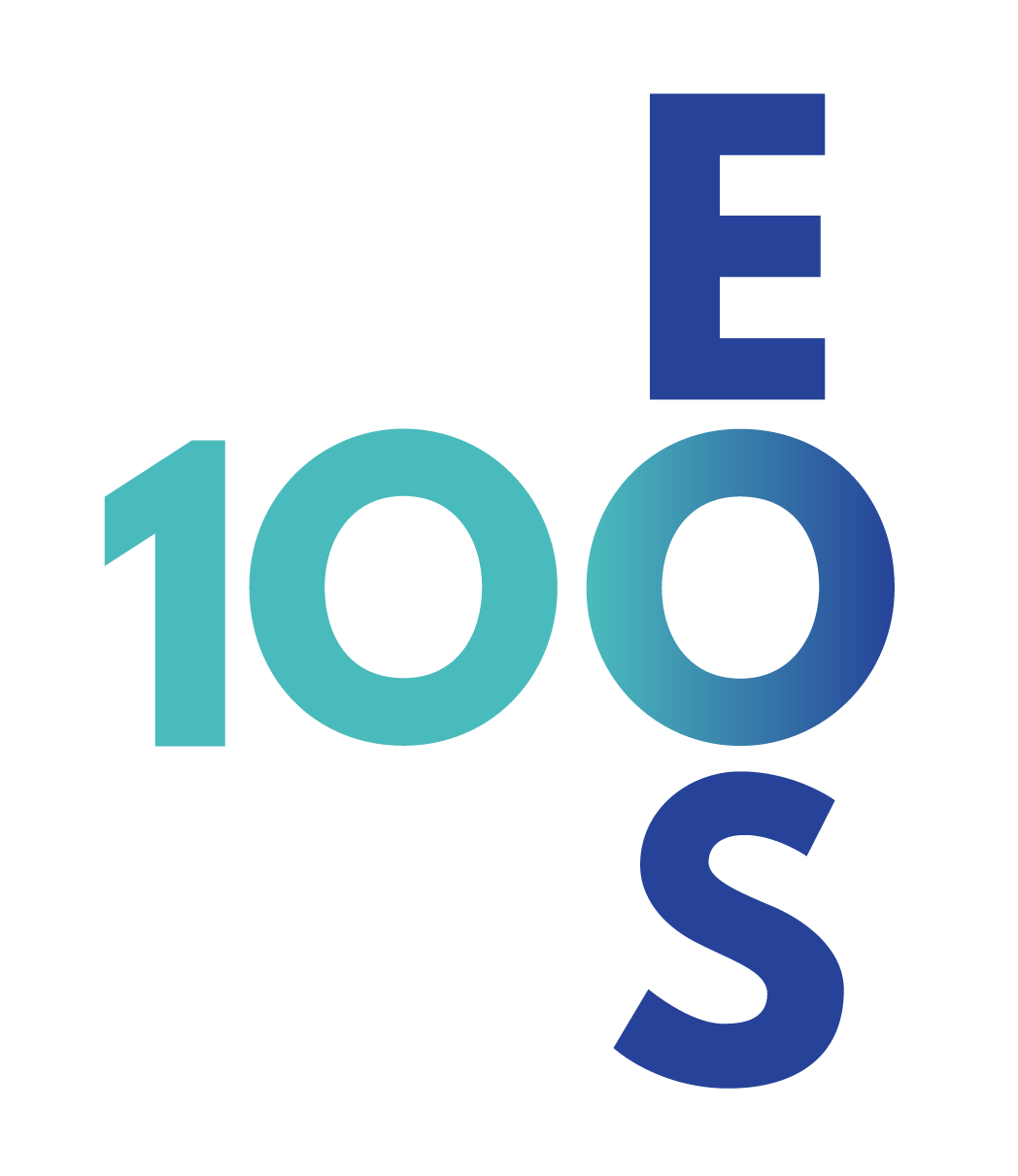)
Reinder Kuitert
History of 128 years EOS; motives and matters of interest
The EOS had a remarkable history starting in Berlin 18 th. Of May 1907 with 2 interruptions of 8 years, caused by 2 world wars both followed by impressive resurrections in 1922 and in 1947, both organised in London.
American influence was large: all 10 first members were trained in de the US, 6 were US citizens. Ever since many important lecturers came from the US.
In 1914 membership had increased to 37, in 1951 there were 146 members in 1971 1010,. in 2000 2400 , in 2007 3152.
Between 1926 and 1950 the number of lectures in EOS meetings was between 10 and 25. In 1956 this increased to 31 and to 60 in 1979. Key note lectures started in 1964, Friel memorial lectures in 1974. 1958 showed the introduction of the first poster increasing to 123 in 1993 and to 480 in 2018.
Interest in graduate training and in promoting research materialized only after 1975.
Research awards were first presented in 1978 in and paper awards in 2002.
In 1990 a post graduate education conference was held for the first time. In 1997 the first European board examinations were organised, in 2000 the first postgraduate course and in 2006 the first orthodontic teachers meeting.
An interesting issue is the variation of topics that were considered of interest through time. Moreover it is apposite to pay attention to presidents, secretaries and speakers as well as the most contributing countries and individual lecturers through time.
Aims and objectives
- Provide an insight into the background and motives of the start and 2 restarts of the EOS.
- Get acquainted with the most important people involved in the development and maintenance of the EOS as well with the most contributing lecturers and speakers.
- Procure some knowledge of the gradual development through time of the matters of orthodontic interest ,as expressed by the topics discussed in the lectures at the congresses.
- A concise overview of the social events and the silver mill competition over the years.
Learning outcomes
- Having knowledge of issues and the orthodontists involved in the foundation of the EOS.
- The influence of international political developments on the fate of the EOS.
- Some insight in the matters of interest covered over the years in presentations at EOS meetings.
- Acquaintance with the most important colleagues involved in the development of the EOS as well as the most productive speakers at the meetings.
- The most successful country over the years in the silver mill competitions.
Speaker biography
Reinder Kuitert is a distinguished orthodontist, educator, and researcher, born on May 13, 1947, in Emmen, The Netherlands. He earned his dental degree from the University of Amsterdam in 1972, followed by a general practice residency in Germany. Kuitert specialized in Orthodontics at Vrije Universiteit from 1974 to 1978.
For four decades, Kuitert served as a full-time assistant professor at the Department of Orthodontics at ACTA, where he played a pivotal role in developing and leading postgraduate training programs. His commitment to education is evident in his mentorship of 100 graduate students and his involvement in research on long-term orthodontic outcomes.
Since 2018, he has been practicing in private practice at Northo in Amsterdam Noord, focusing on complex cases. Kuitert has contributed extensively to the orthodontic community, serving on numerous committees, including as Chairman of the Advising Committee for graduation examinations for Dutch graduate students and foreign-trained orthodontists.
His research interests encompass histology of tooth movement, long-term stability of orthodontic treatments, and the treatment of medically compromised patients. Kuitert's influential work has earned him recognition, including the VAN LOON Award for his contributions to orthodontics and honorary membership in the Dutch Orthodontic Society.
Kuitert's Ph.D. thesis, "Histological Changes in the Periodontal Ligament and the Gingiva During the First 24 Hours of Orthodontic Tooth Movement in Rabbits," reflects his dedication to advancing orthodontic science. He remains actively involved in academia and clinical practice, with ongoing interests in the intersection of orthodontics and music, as well as the history of the field.

